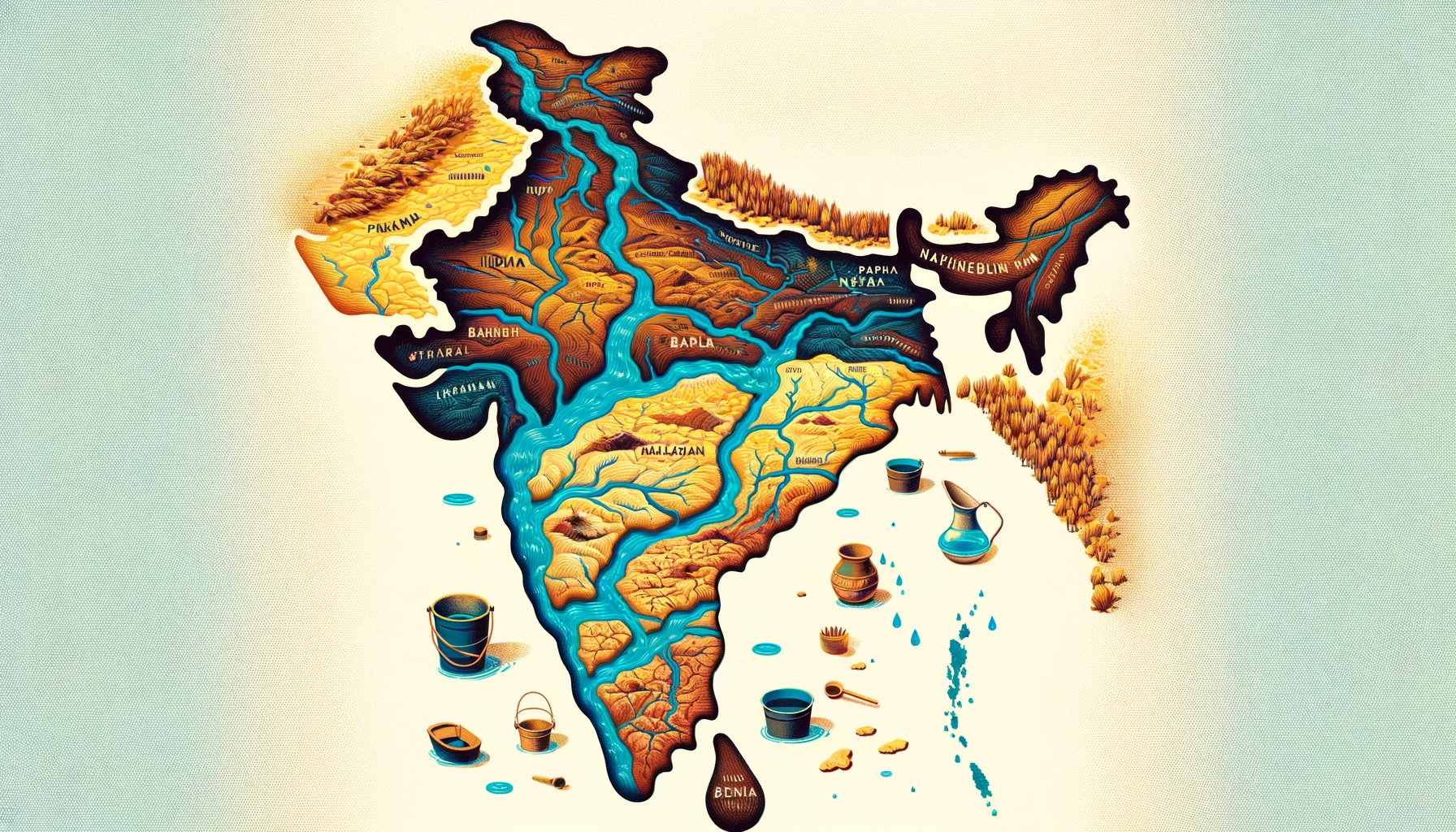South Asia: Worst in the World for Water Scarcity
Introduction
South Asia, a region known for its rich culture and biodiversity, is facing an unprecedented challenge: water scarcity. This crisis affects millions, impacting everything from health to economies. This blog post explores the depths of this issue, its causes, impacts, and possible solutions.
Geographical Overview of South Asia
South Asia, encompassing India, Pakistan, Bangladesh, Nepal, Sri Lanka, Bhutan, and the Maldives, is a region of diverse landscapes. From the Himalayas to coastal plains, these varied geographies play a critical role in the region's water availability.
Current State of Water Scarcity
South Asia is home to 25% of the world's population but has less than 5% of the world’s water resources. Cities like Karachi, Kathmandu, and Dhaka are among the most water-stressed in the world. In rural areas, the crisis deepens with limited access to clean water.
Causes of Water Scarcity
Natural Causes
- Climate Change: Altered rainfall patterns and melting glaciers affect water availability.
- Irregular Monsoons: Monsoons are becoming unpredictable, impacting agriculture heavily.
Human-made Causes
- Overpopulation: Increasing demand for water resources.
- Urbanization: Poor infrastructure leads to water wastage and pollution.
- Inefficient Water Management: Lack of proper policies and practices in water management.
- Pollution: Water sources are contaminated by industrial and agricultural waste.
Impact on Society and Environment
Societal Impact
- Health: Waterborne diseases are rampant due to contaminated water.
- Agriculture: Water scarcity leads to reduced crop yields, affecting food security.
- Livelihoods: Many rely on agriculture and water-dependent industries.
Environmental Impact
- Ecosystems: Rivers and lakes are drying up, threatening aquatic life.
- Land Degradation: Overuse of water in agriculture leads to soil degradation.
Comparative Analysis with Other Regions
Regions like Sub-Saharan Africa and parts of the Middle East also grapple with severe water scarcity. However, South Asia's high population density and rapid industrialization create unique challenges.
Efforts and Policies to Mitigate Water Scarcity
Governments and international organizations are taking steps to address this crisis. Projects focus on improving water infrastructure, promoting water conservation techniques, and implementing efficient irrigation methods.
Innovative Solutions
- Rainwater Harvesting: Collecting and storing rainwater for use.
- Desalination Plants: Converting seawater to freshwater, especially in coastal regions.
- Community Initiatives: Local solutions for water management and conservation.
Conclusion and Way Forward
The water scarcity crisis in South Asia is a call for urgent action. Sustainable practices, efficient policies, and community participation are key to addressing this issue. While the challenge is daunting, collective efforts can lead to meaningful change, ensuring water security for future generations.
<a href="https://forum.arduino.cc/t/unable-to-receive-texts-from-https-website/1051655/21">CLICK HERE</a> CLICK HERE CLICK HERE CLICK HERE CLICK HERE CLICK HERE CLICK HERE CLICK HERE CLICK HERE CLICK HERE CLICK HERE CLICK HERE CLICK HERE CLICK HERE CLICK HERE CLICK HERE CLICK HERE CLICK HERE CLICK HERE CLICK HERE



Comments
Post a Comment